Sustainability shapes the narrative arc of Geneva Motor Show 2019
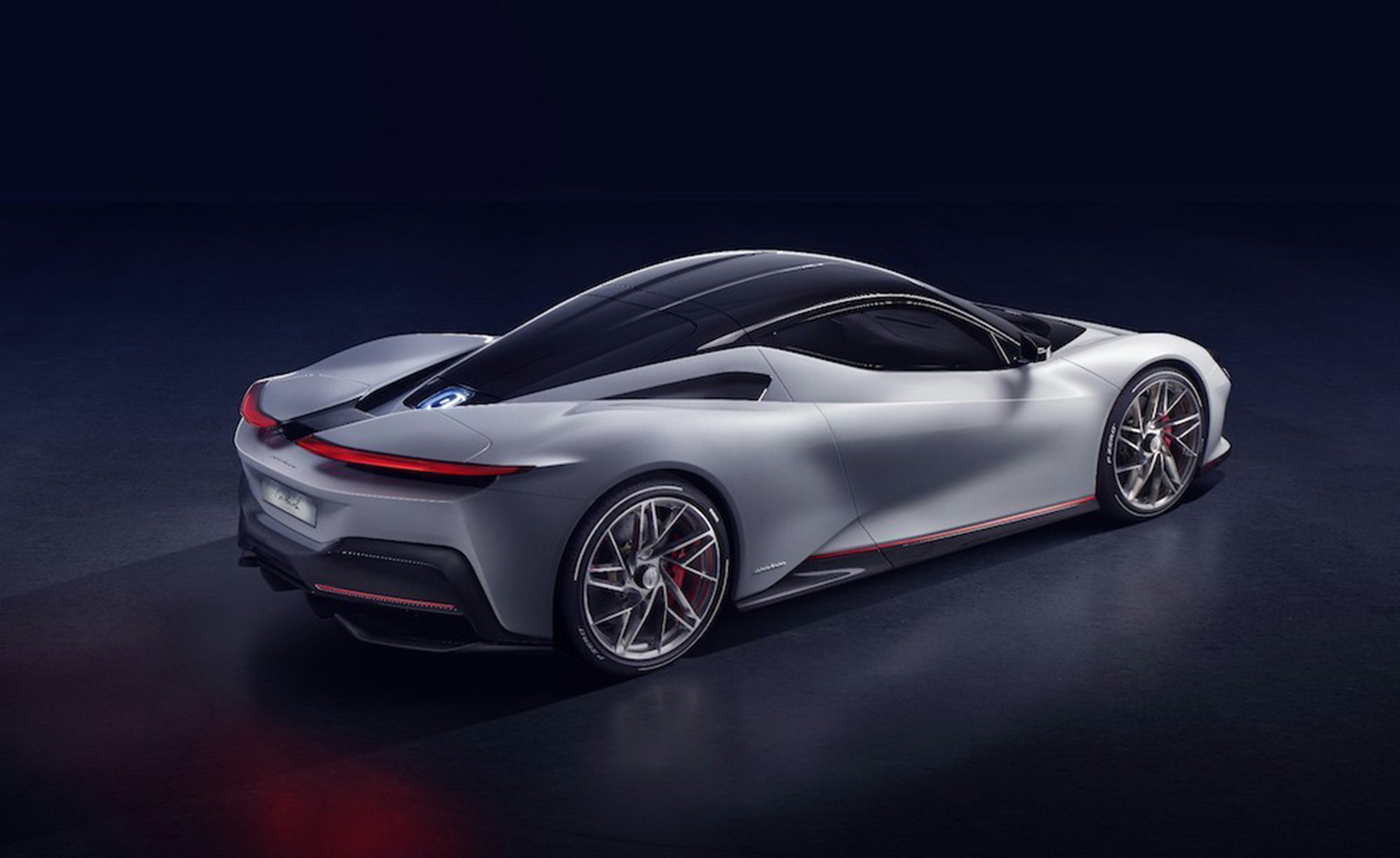
There is a noticeable paradigm shift in the automotive world towards the car as consumer technology, with the bright halls of the 2019 Geneva Motor Show painting a colourful picture of what will drive our near future. The narrative arc is approaching sustainability through clean drivetrains, inventive design and use of ecological material. It is also about utilising autonomous technology to assist the driver and help make the car a safer product. This, the industry hopes, will rekindle our romance with the automobile, and encourage the desire for ownership – private or shared.
The Polestar 2 perhaps epitomises the sentiment best. Everything from Volvo’s new electric car company is considered – from the sustainable production methods, to the electric drivetrain, clear functional design, vegan interior, affordable price and shared ownership schemes. Even the white-cube minimalism of the exhibition pavilion at Geneva tells a bold story of the car as consumer technology.
The Battista, on the other hand, highlights an alternative dialogue of modern motoring – design for desire. The work of another newly-formed brand, Automobili Pininfarina’s premier product is an ode to the splendour of the motor car with an eye on the future. Underneath the surface brilliant of its meticulous sculpted car, and beyond the lush interior of quilted leather and crafted aluminium, is a highly advanced, pure electric drivertrain promising clean power and speed, although in the case of the Battista, only for a select few.
With all these theatricals, it is easy to assume innovation is solely in the hands of the start-ups. The truth is that much of the real advancement is happening quietly behind R&D departments at some of the main traditional makers with a raft of products present and in the pipeline that will populate our roads. BMW has proved its electric credentials with the radical i sub-brand, so it is refreshing to see Audi present a second car, the Q4, in the e-tron family.
No motor show though is quite complete without the sort of extreme motor cars that are so very wrong in today’s world but nevertheless fuel the imagination. The McLaren 720S Spider takes the roof off this carbon-bodied sports car coupé, Ferrari’s F8 Tributo honours Maranello’s epic turbo V8, and Lamborghini’s Aventador SVJ Roadster is an unapologetic, loud open-air racer. All these pale in comparison to the Bugatti La Voiture Noir though – the most ostentatious car by the world’s most exclusive marque and, at some £12 million, possibly the most expensive new car ever built. It is pure motor car grandeur though, translating the timeless elegance of the 1936 Type 57 Atlantic.
The imagination can bloom in times of uncertainty, with some of the most radical creative movements born in volatile times. And it was promising to see that against the cloud of political chaos, economic fragility and pressing climate concerns, this year’s Geneva highlighted the (sometimes overlooked) progressive side of motoring – a sentiment that chimes with the early days of the motor car, when it was a spirited industry rooted in innovation. Here are our top picks of production and near ready cars.
Polestar 2
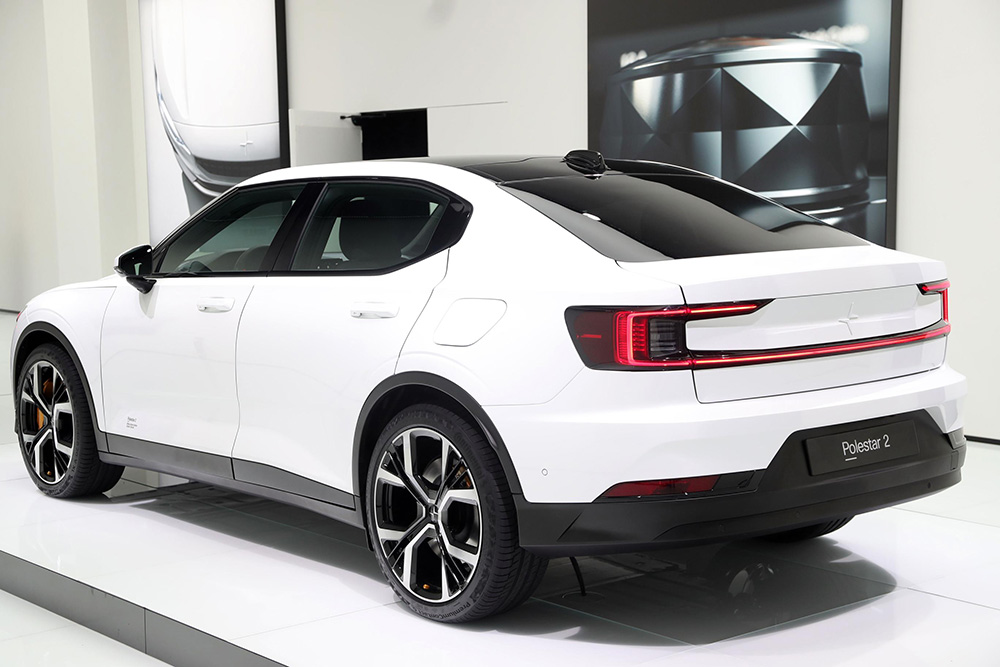
The Polestar 2 is a premium compact urban electric car by Polestar, announced in 2017 as an independent electric car arm to sit alongside Geely Auto and Volvo Car Group. Whereas the inaugural Polestar 1 is to be an exclusive powerful car, the product displayed at Geneva is a much more egalitarian affair. The clear visual expression speaks of its Scandinavian heritage, and the interior is all vegan. Polesar’s lead designer Maximilian Missoni says he worked with ‘progressive textiles to appeal to a forward-thinking audience’. The car has an expansive panoramic glass roof, delicate frameless side mirrors, Pixel LED lights as well as proximity lighting for a ‘unique welcome sequence’, and an illuminated Polestar logo.
Two electric motors and a 78kWh battery on-board promise an impressive range of up to 310 miles; and the all-wheel drive produces some 408 horsepower and 660 Nm for zero to 62mph in just under five seconds. The Polestar 2 is a hugely tech-advanced gadget too, its backbone provides an adaptable digital environment for apps and vehicle functions to coexist. A Phone-as-Key technology helps with the logistics of car sharing schemes, for a more integrated ownership experience, and it helps the vehicle sense the driver upon approach. Production will begin in early 2020 and, like all Polestar products, the cars will be available to buy exclusively online. From £34,000. polestar.com
Automobili Pininfarina Battista
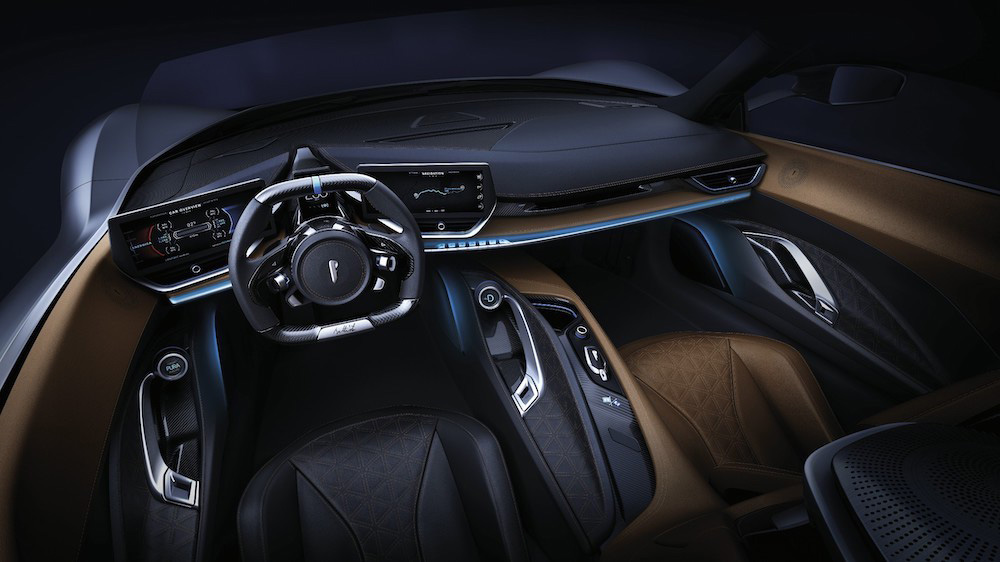
The Battista is an all-electric gran turismo by Automobili Pininfarina. Named after the carrozzeria founder, this is the pinnacle and first product by the legendary Italian studio’s new automotive arm with ambitions to create pure-electric performance cars. The hypercar’s carbon fibre monocoque chassis and carbon body support acceleration to 62 mph in less than two seconds, top speeds of above 250 mph and with power and torque at 1,900 horsepower and 2,300 Nm. The Battista also promises an impressive zero emissions range of up to 300 miles.
For the design, the creative director Luca Borgogno looked at the studio’s impressive design history, naming the 1947 Cisitalia 202, 512S Modulo of 1970 and the 2008 hydrogen fuel-cell Sintesi as inspiration. The Battista’s carbon body is full of movement with sweeping glass elements, a single dynamic strip of light cascading from the front of the car in place of traditional headlights. The cabin is a curious mix of extreme technology and traditional luxury materials – a feast of soft quilted leather on the seats and inside the doors, and crafted metal elements. Borgogno notes that the fabrics are ethically sourced, the woods natural and paints non-chemical. The interface sees two screens on either side of a motorsport-inspired steering wheel angled towards the driver, whilst a third in direct view replaces conventional dials.
RELATED STORY
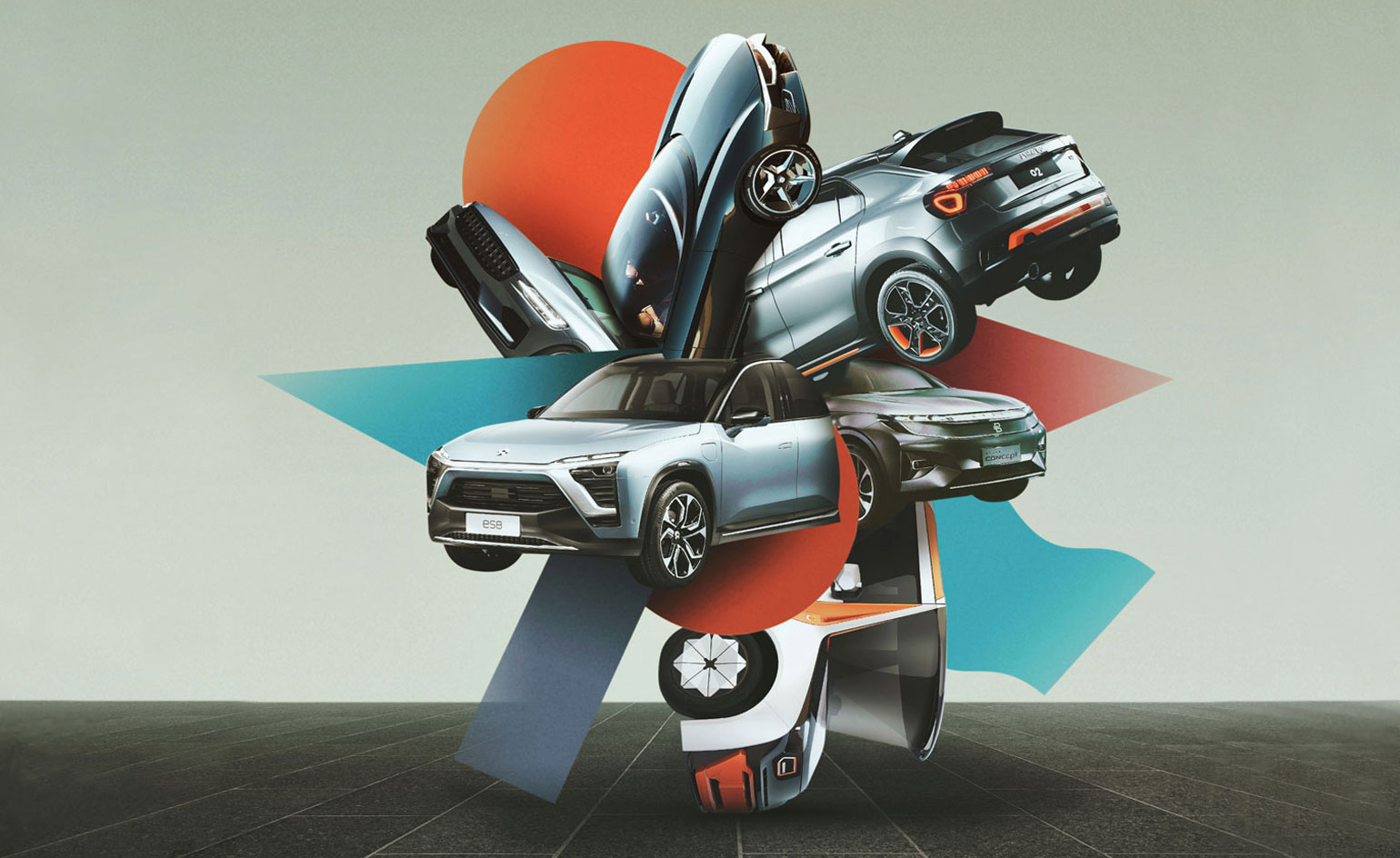
Pininfarina has the advantage of being a design consultancy with clients from most industries from which it can source ideas. Each of the 150 planned Battista cars will therefore have a unique identity. The cars are hand built at the home of the Italian coachbuilder in Cambiano, with deliveries expected to be from 2020. From £1.5 million. automobili-pininfarina.com
McLaren GT
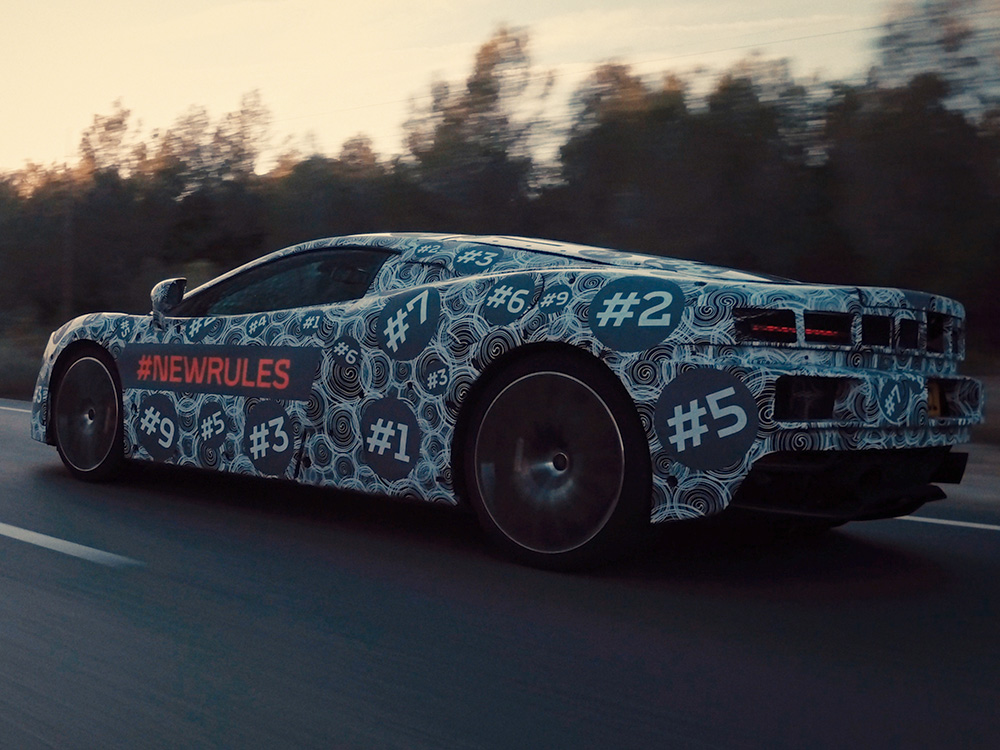
McLaren Automotive used the occasion of Geneva to announce the upcoming GT. Little more was revealed other than this camouflage image and we are told the design is based on the exotic, almost deco-styled Speedtail – a car inspired by the brilliant McLaren F1. Chief executive officer Mike Flewitt says the grand tourer will broaden the marque’s appeal to include customers who want to use their cars for long distance travel. ‘Our cars are track focused and raw, whereas the GT is a more comfortable, luxurious and usable McLaren. The whole design language is different – it is a very elegant and beautiful car,’ he told us. ‘In addition, it will be the lightest of grand tourers and, by also having the best power-to-weight ratio, I promise it will be one of the quickest.’
Flewitt did admits that now that McLaren is on target to produce 18 new models and derivatives by 2024 to include hybrid-electrics, his focus is on building brand awareness especially in key markets such as the US, and this GT will be a key car for attracting new customers. ‘Everyone always asks me if we are planning an SUV – and no we are not – but never a grand tourer, which to me feels like a much more natural evolution,’ he says. McLaren has pioneered a visual language anchored around carbon fibre, and come May, when the car is revealed, it will be interesting to see how the team interprets a McLaren gran turismo. cars.mclaren.com
McLaren 720S Spider
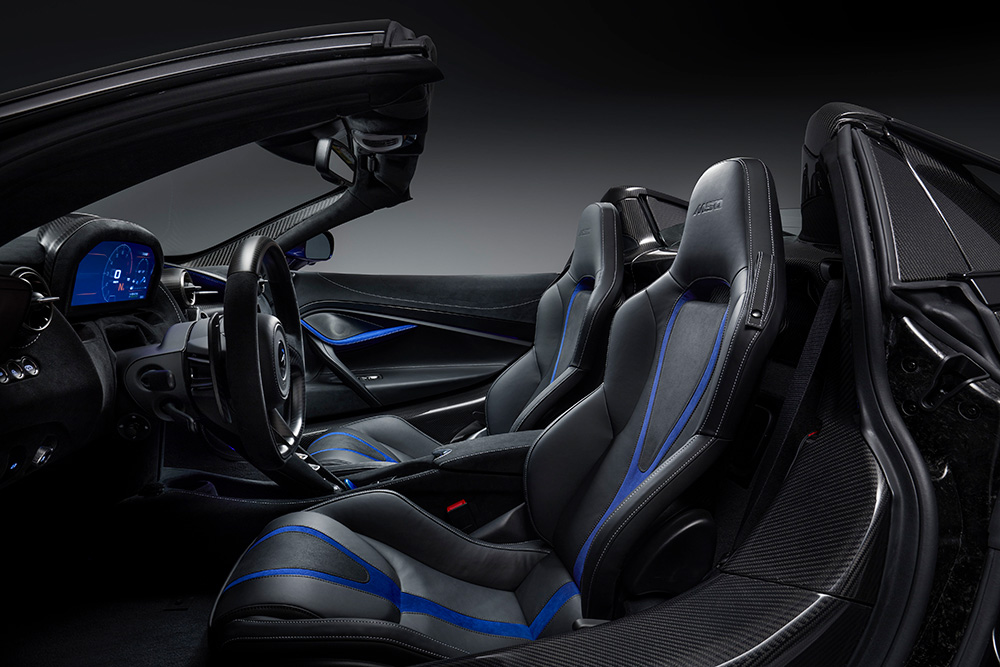
The McLaren Automotive Geneva pavilion was a show of the marque’s incredible success, which in under a decade since the company started has grown into a comprehensive family to include this latest 720S Spider. This convertible will sit in the marque’s Super Series alongside its coupé sibling with which it shares a design theme. With a structure and body made of carbon fibre, a material at the heart of all McLaren cars, it is said to be the lightest of any open-top supercar, using the same 710 horsepower, 568lb ft 4-litre twin-turbocharged V8 engine as the coupé with the promise of zero to 62mph time in just 2.9 seconds. The new electrical retractable hard-top roof raises and lowers in just 11 seconds and can be operated at speeds of up to 31mph. It is an impressive element too, this single piece of carbon is designed to seamlessly blend into the 720S body and maintain the coupé’s overall sculptural shape. Prices from £237,000. cars.mclaren.com
Audi, Q4 e-tron
Wallpaper* Newsletter
Receive our daily digest of inspiration, escapism and design stories from around the world direct to your inbox.
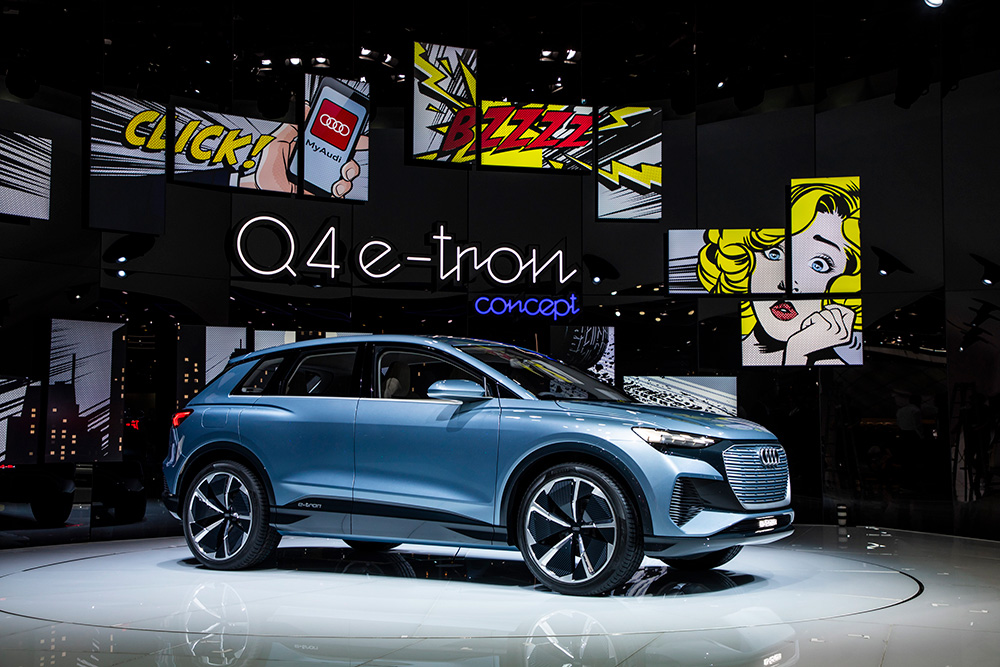
The Q4 e-tron is the second electric concept by Audi. The marque has been teasing with the promise of an all-electric family for a decade, with some of the earlier concepts truly avant-garde. These premier e-trons were radical product designs showcasing what was then generally considered to be the electric vehicle vernacular – heavily aerodynamic in shape with a great deal of visual clues, especially with the grille and wheels, as to the sustainable drivetrain.
This Q4 crossover coupé offers a more cautious approach to electrification. It follows a similar design theme to the e-tron SUV we sampled in July for a more traditional car vernacular than the futurism we had hoped to see with Audi’s electric cars. It has an assertive face with slim headlights and a special electric grille with its automatically swivelling vents – a feature that will differentiate the e-trons from the marque’s regular cars. It is inside the clean, digital cabin where there is a noticeable departure with a new steering wheel design flanked by some brilliantly bold vents. It ride on a Volkswagen Group shared flexible electric vehicle platform. The mechanics on the Q4 mean the two electric motors, one at each axle, provide approximately 301 horsepower, zero to 62 miles can be achieved in 6.3 seconds, and the 82-kWh battery can last for up to 280 miles.
Even though the e-tron project has taken some time to materialise, Audi says, by 2025 every third car it sells will be electrified to include the e-tron SUV, the Q2L, a long-wheelbase Q2 made for China and a e-tron gran turismo. Chief designer Marc Leicht says to expect much more progressive design from this electric sub-brand going forward. Speaking to him at the show, he also alluded to the company re-visiting the decade-old Audi Urban Future initiative and join the dialogue around sustainable cities through working with architects and other urban designers. audi.com
Alfa Romeo, Tonale
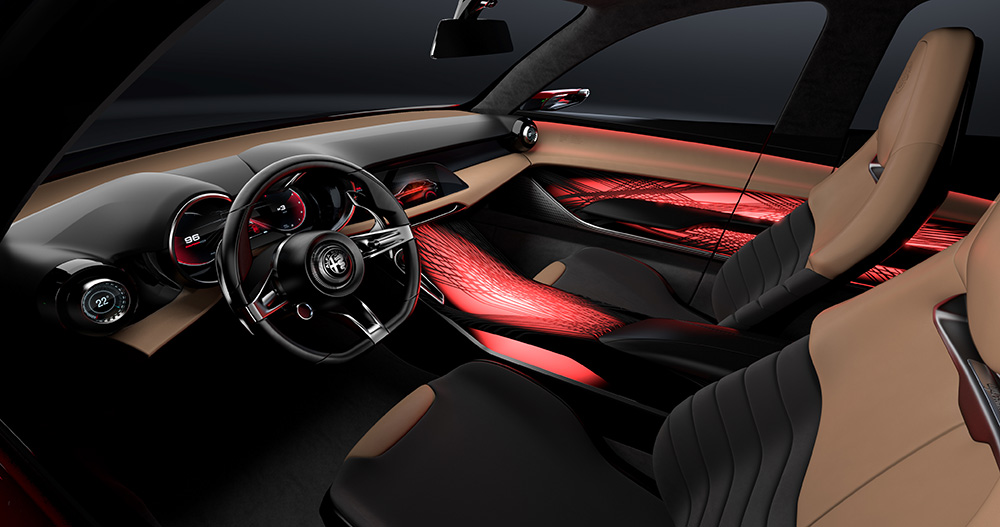
The Tonale is the second sports utility vehicle proposition from Alfa Romeo. It follows on from the more robust and larger Stelvio and previews a compact car as well as the marque’s first petrol-electric hybrid crossover. The name alludes to the Tonale Pass – the mountainous route through the Italian Alps. The design is a more refined, quiet affair than the bold Stelvio. The slim ‘tre più tre’ headlights at the front frame the distinctive V-shaped ‘scudetto’ Alfa radiator grille, as a subtle nod to the SZ sports car and Type 939 models. The rear lights are equally refined.
Inside is a blend of digital and analogue. It is dominated by a large screen showing the driving dynamics, and a smaller one for infotainment. The system has two new features called Alfista and Paddock. Alfista is a lifestyle-oriented environment that lets people connect with Alfa Romeo clubs for gatherings or drives, and it also offers access to news. Paddock allows for browsing the marque’s products and apparel, in addition to performance upgrades, some of which you can buy directly through the in-car app. alfaromeo.com
INFORMATION
Geneva Motor Show runs from 7 – 17 March. For more information, visit the Geneva Motor
A writer and editor based in London, Nargess contributes to various international publications on all aspects of culture. She is editorial director on Voices, a US publication on wine, and has authored a few lifestyle books, including The Life Negroni.
-
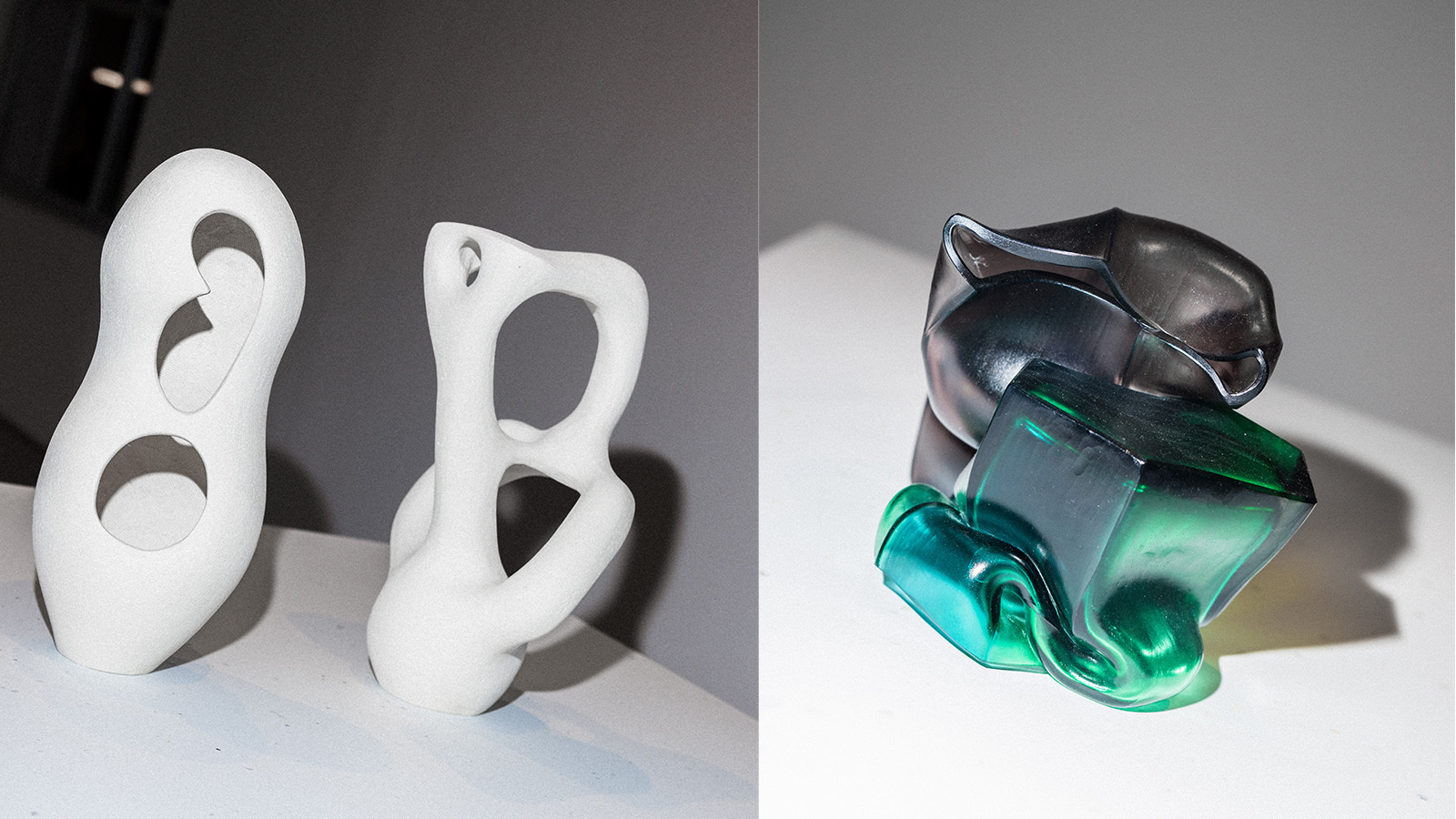 StoneX partners with Wallpaper* for material alchemy at Milan Design Week and beyond
StoneX partners with Wallpaper* for material alchemy at Milan Design Week and beyondThe natural stone purveyor teams up with Wallpaper* for a three-year partnership of material adventures, starting with an exhibition at Triennalo di Milano
By Simon Mills Published
-
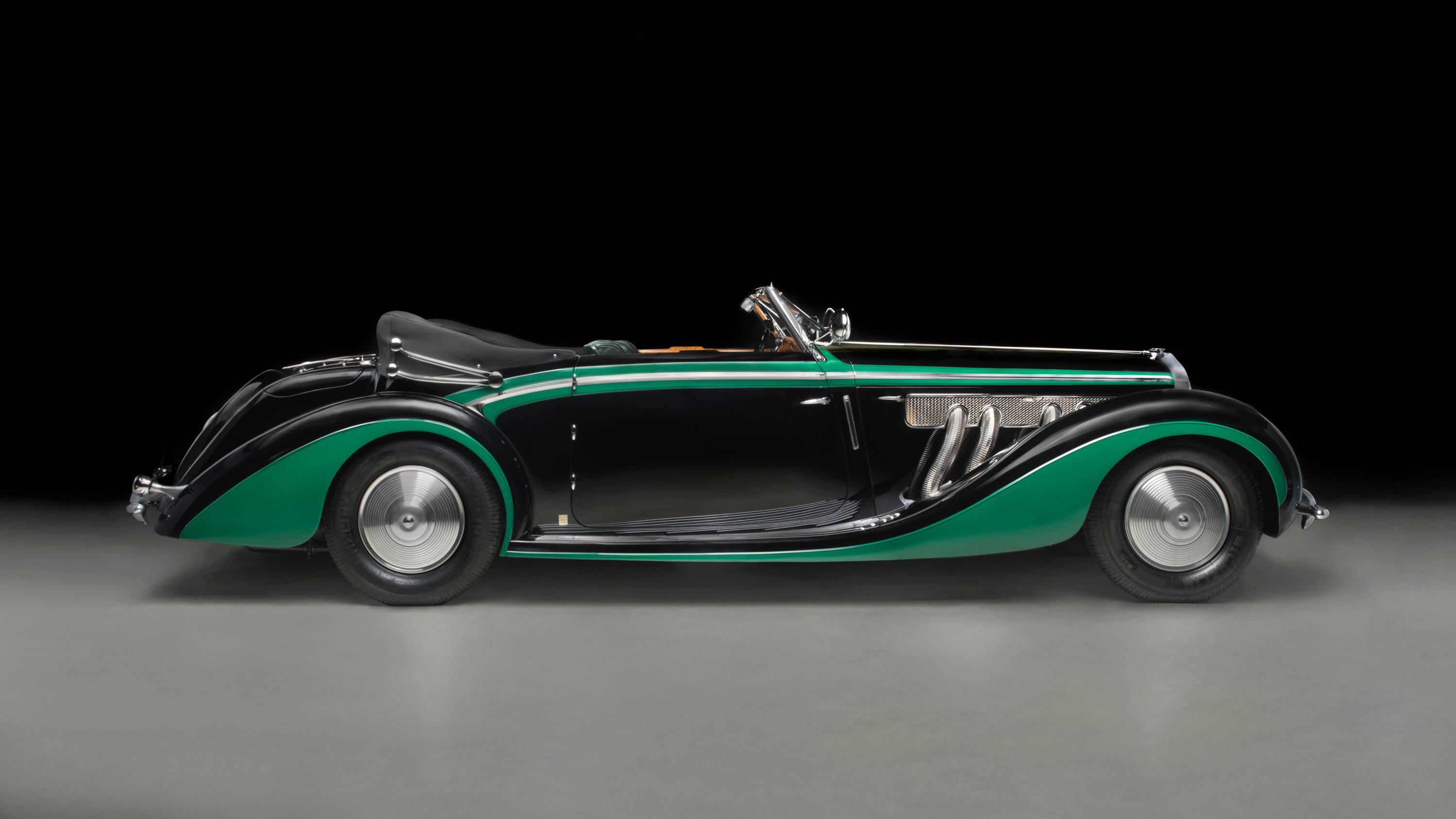 A new show in Saint Louis promises a rare combination of art, cars and elegant fashion
A new show in Saint Louis promises a rare combination of art, cars and elegant fashion‘Roaring: Art, Fashion, and the Automobile in France, 1918-1939’ celebrates a golden age of creativity, showcasing ten unique cars alongside the cream of the era’s style
By Jonathan Bell Published
-
 'Why must Blackness always be about pain and suffering?' asks Amoako Boafo as he opens his first show in London
'Why must Blackness always be about pain and suffering?' asks Amoako Boafo as he opens his first show in LondonAmoako Boafo's exhibition ‘I Do Not Come to You by Chance’ is at Gagosian, London
By Amah-Rose Abrams Published
-
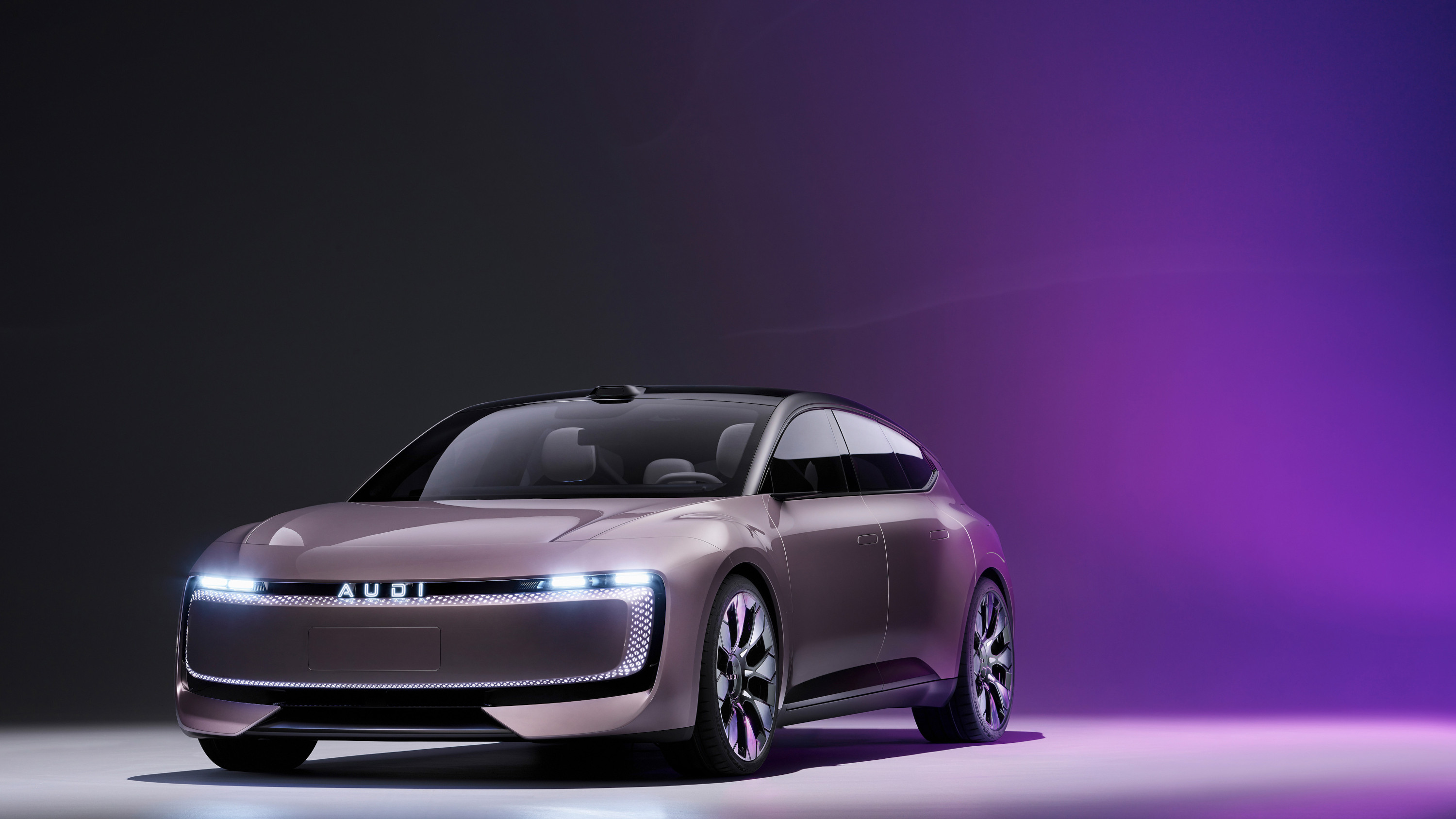 Audi launches AUDI, a China-only sub-brand, with a handsome new EV concept
Audi launches AUDI, a China-only sub-brand, with a handsome new EV conceptThe AUDI E previews a new range of China-specific electric vehicles from the German carmaker’s new local sub-brand
By Jonathan Bell Published
-
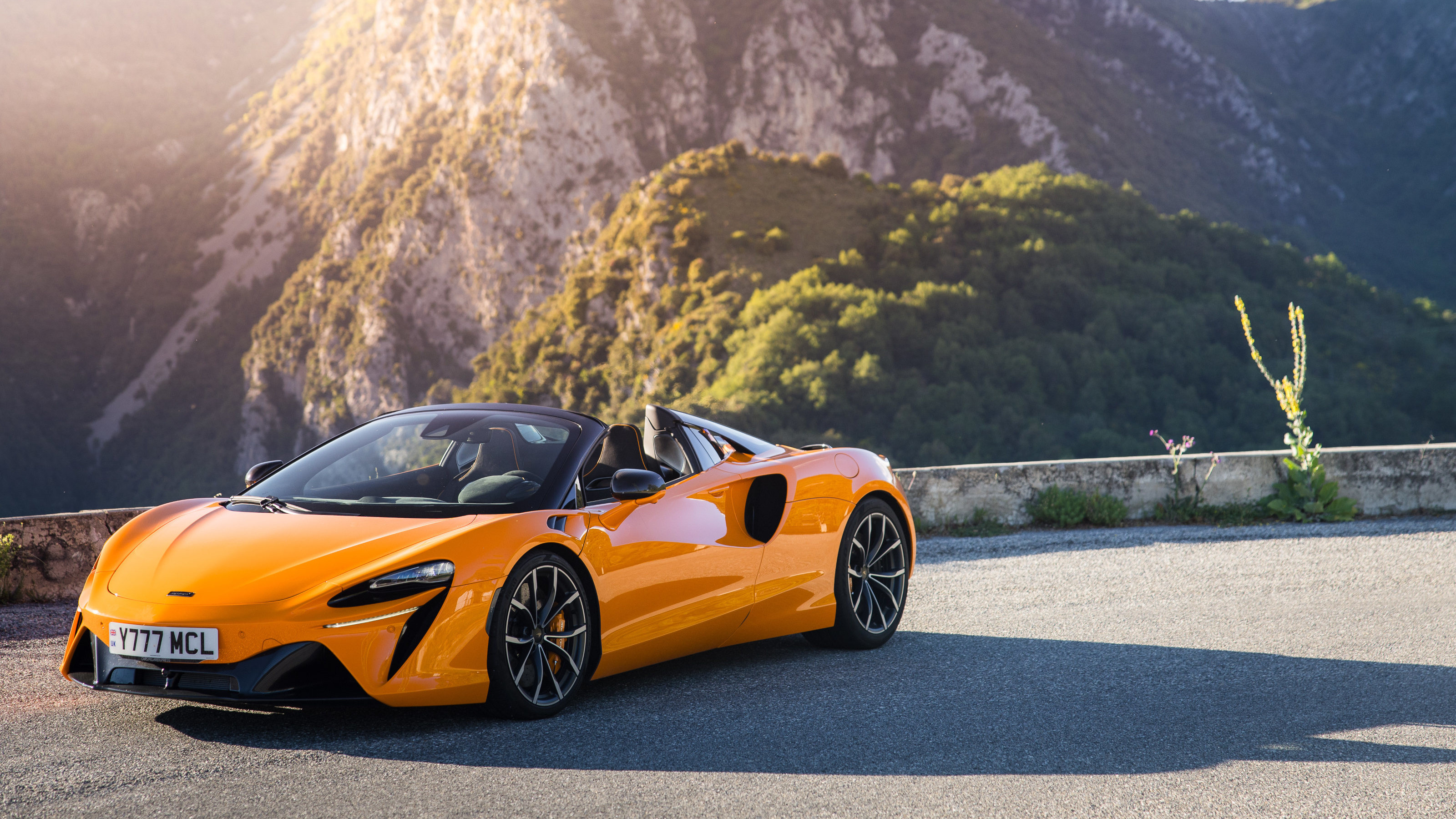 A technical tour de force, McLaren’s Artura Spider makes an unconventional supercar
A technical tour de force, McLaren’s Artura Spider makes an unconventional supercarMcLaren prides itself on technical perfection. Its newest series production supercar ticks all the right buttons but demands you make an emotional commitment
By Jonathan Bell Published
-
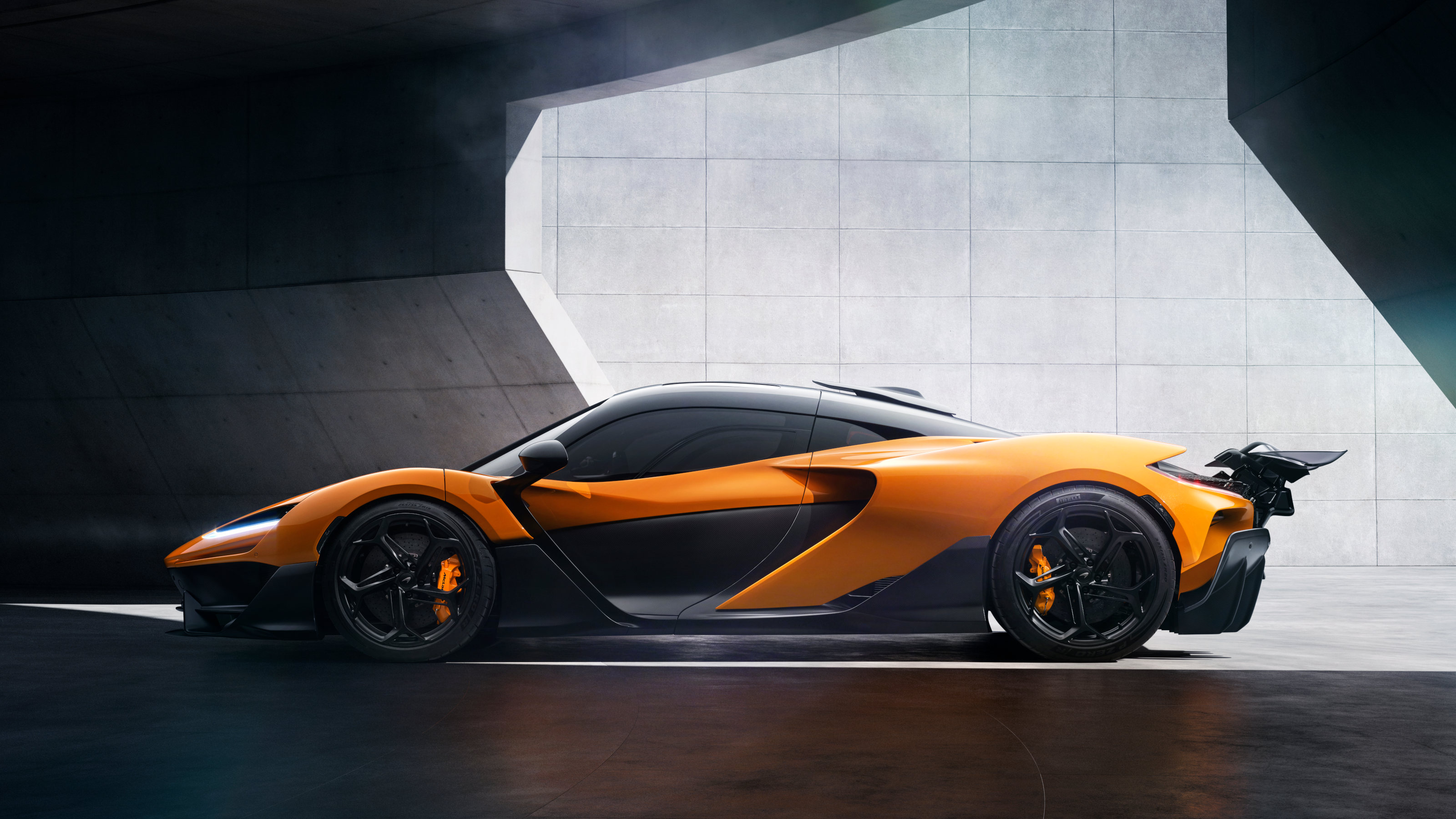 The McLaren W1 is the latest in the sports car maker's tech-saturated Ultimate Series
The McLaren W1 is the latest in the sports car maker's tech-saturated Ultimate SeriesFirst F1, then P1 and now W1, McLaren Automotive reveals its latest limited-edition supercar to the world, a £2m concoction of hybrid power and active aero that is, unsurprisingly, already sold out
By Jonathan Bell Published
-
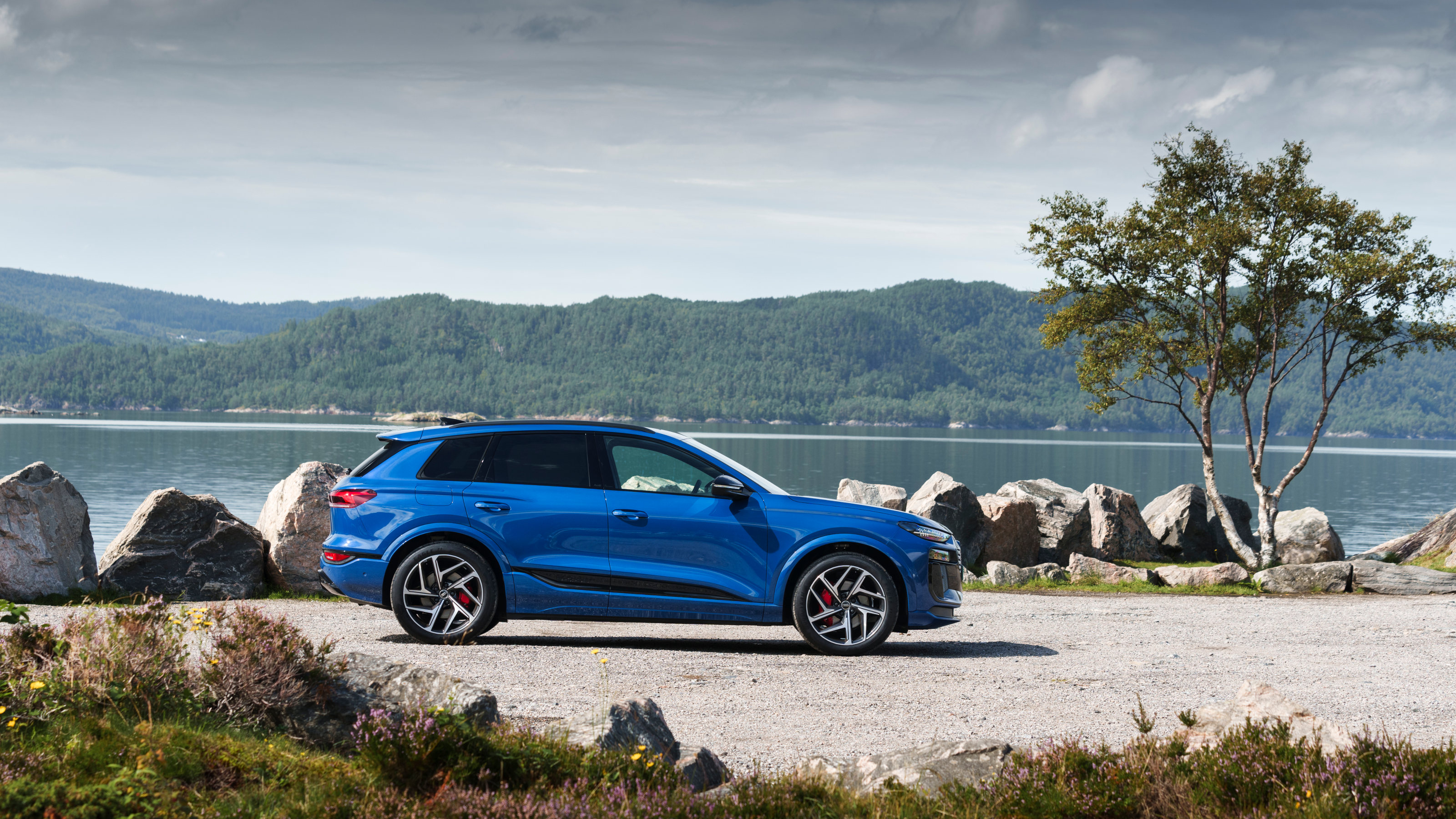 We take Audi’s new Q6 e-tron quattro around and across the fjords of Norway
We take Audi’s new Q6 e-tron quattro around and across the fjords of NorwayThe new Audi Q6 e-tron quattro is a pure EV that marks a new design direction for the German brand, setting new tech standards along the way. Transportation Editor, Jonathan Bell, takes it for a drive
By Jonathan Bell Published
-
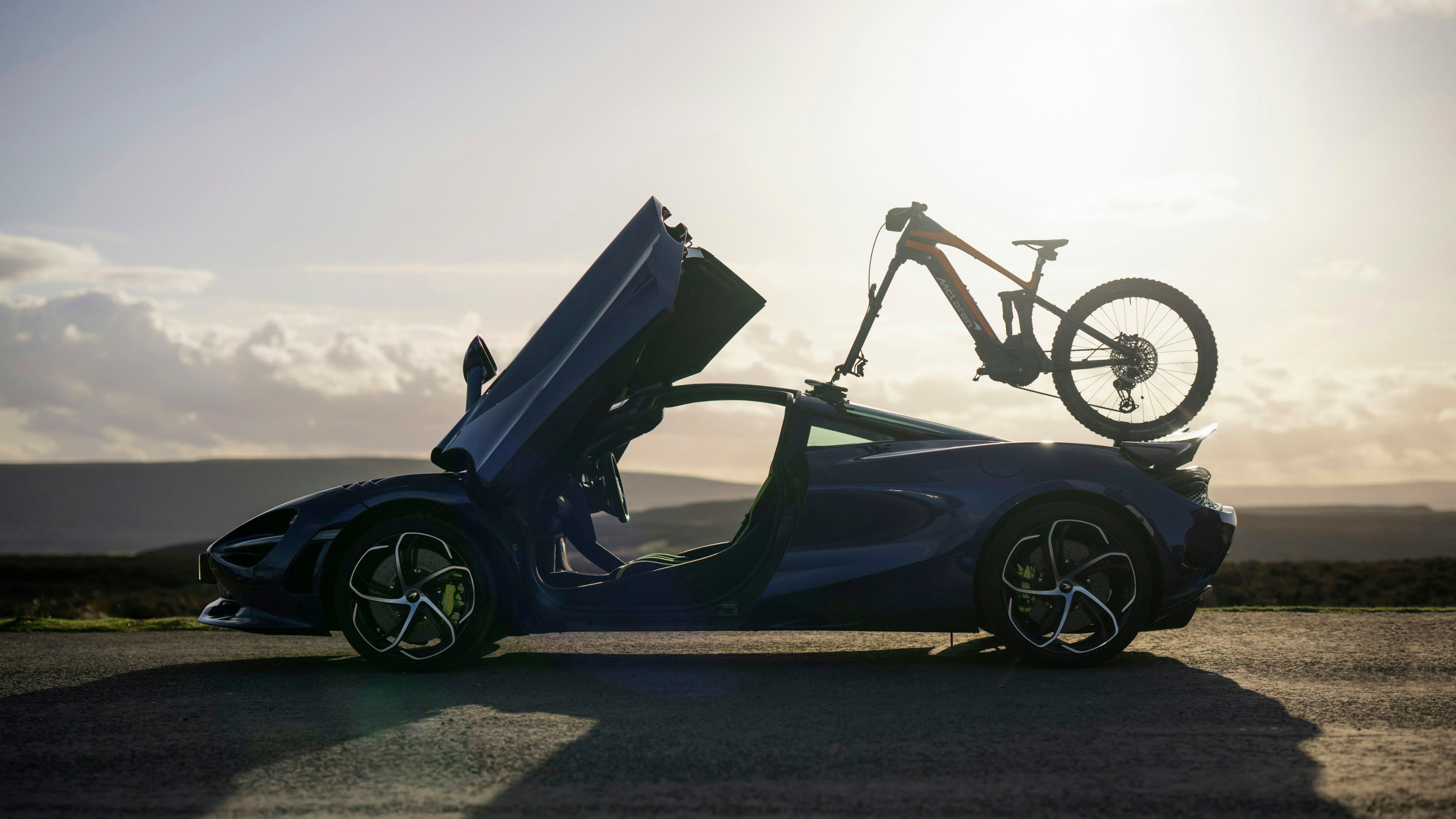 Sports carmaker McLaren enters the performance e-bike market
Sports carmaker McLaren enters the performance e-bike marketMcLaren Bikes’ four new machines bring speed, technology and style to electric mountain biking
By Jonathan Bell Published
-
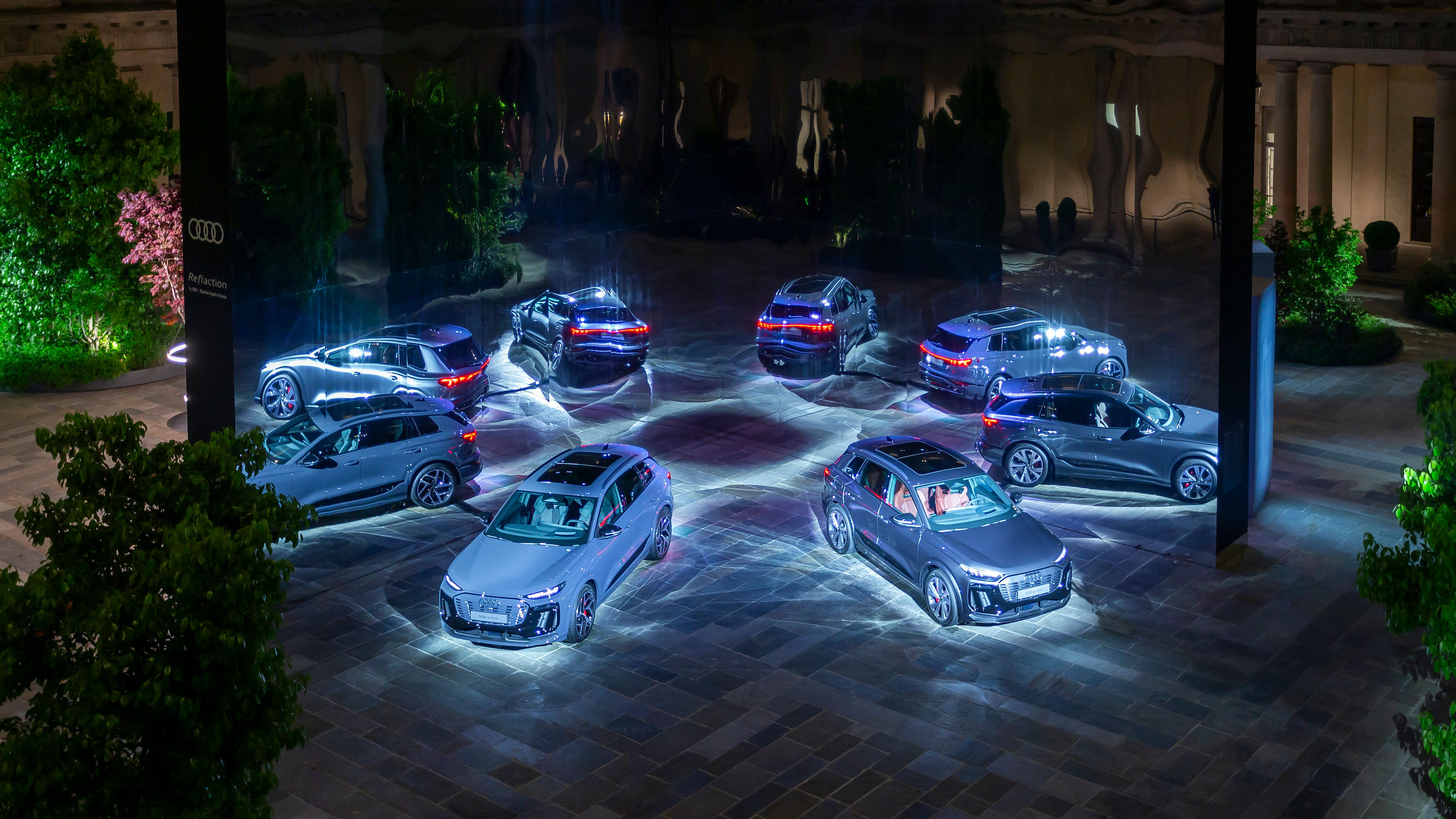 A deep dive into the new Audi Q6 e-tron, revealed at Milan Design Week 2024
A deep dive into the new Audi Q6 e-tron, revealed at Milan Design Week 2024The Audi Q6 e-tron is the brand's latest all-electric car, a stylish powerhouse launched at Audi’s House of Progress in Milan
By Shawn Adams Published
-
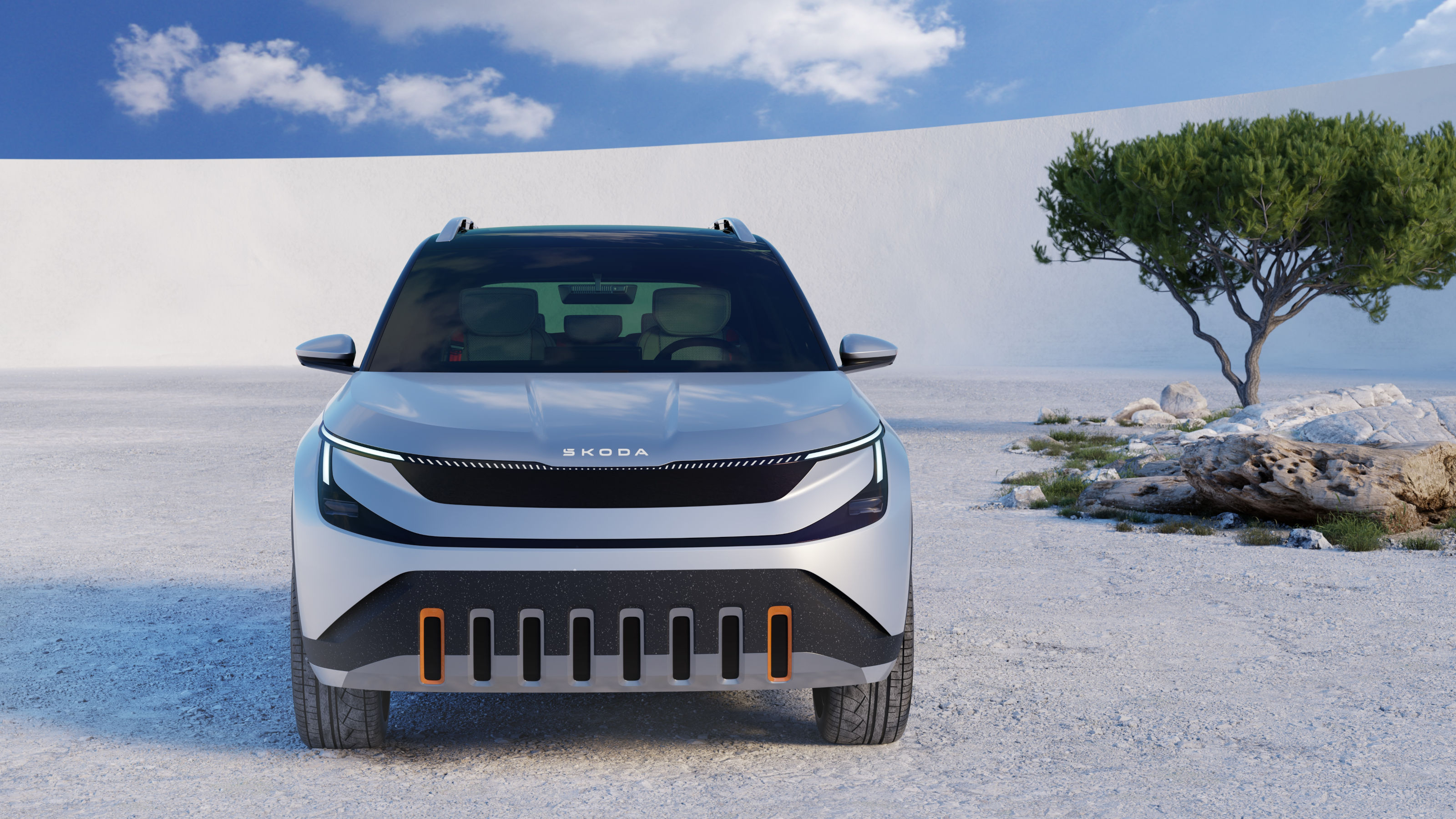 Coming soon: a curated collection of all the new EVs and hybrids that matter
Coming soon: a curated collection of all the new EVs and hybrids that matterWe've rounded up new and updated offerings from Audi, Porsche, Ineos, Mini and more to keep tabs on the shifting sands of the mainstream car market
By Jonathan Bell Published
-
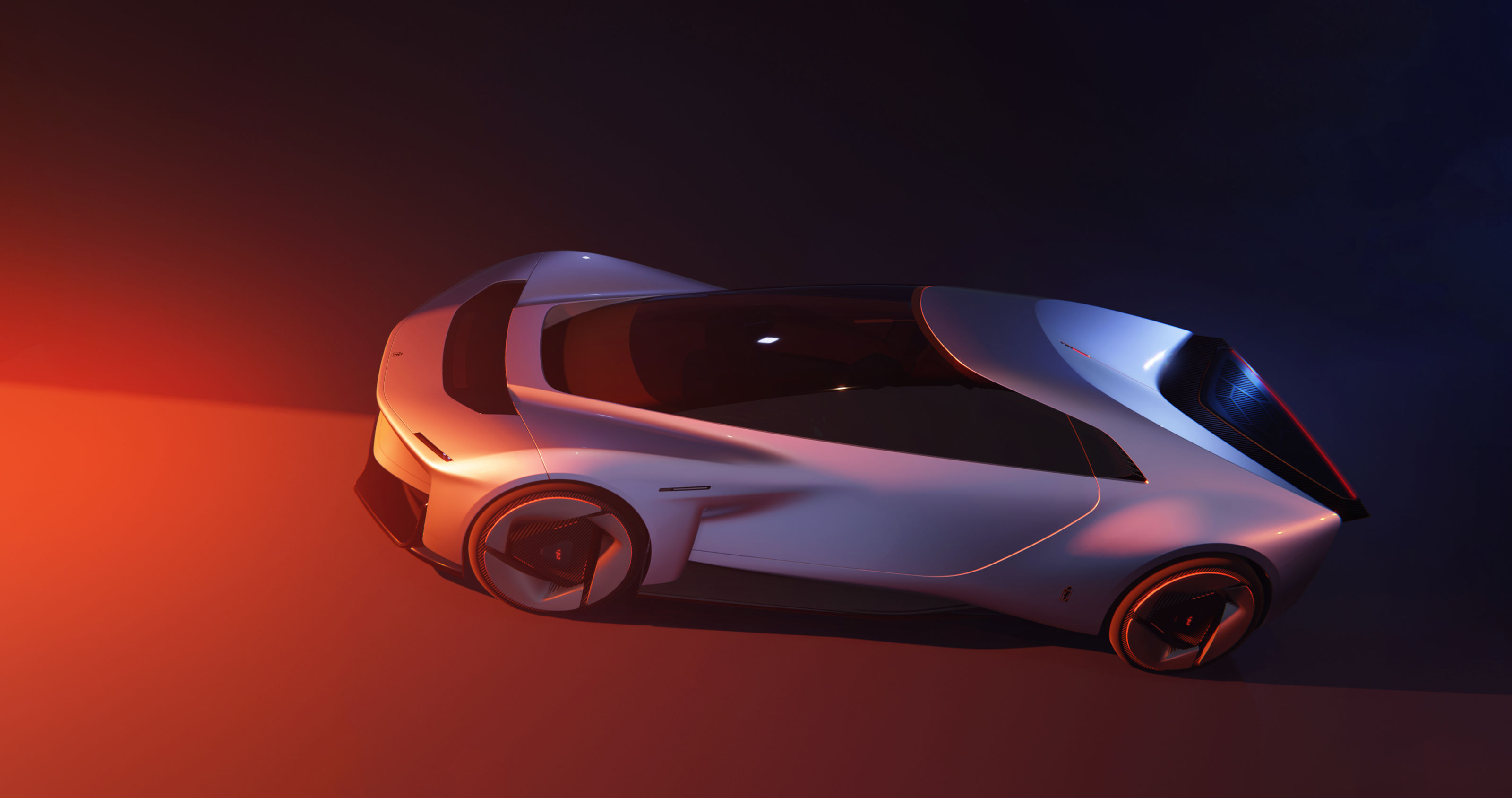 The return of the Geneva Motor Show (to Geneva) as a place for global debuts
The return of the Geneva Motor Show (to Geneva) as a place for global debutsThe Geneva Motor Show is back. After 2020’s pandemic cancellation and an ‘exported’ event in Qatar in 2023, the organisers of GIMS 2024 had their work cut out to stay relevant. Here are our highlights
By Guy Bird Published